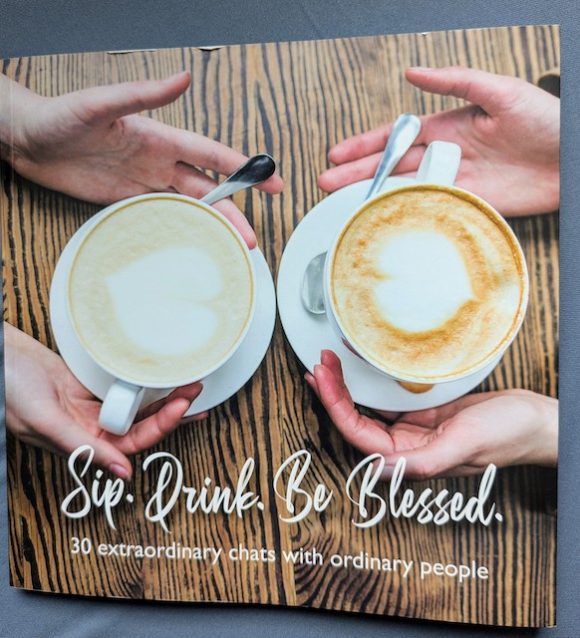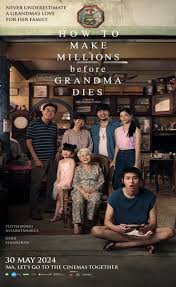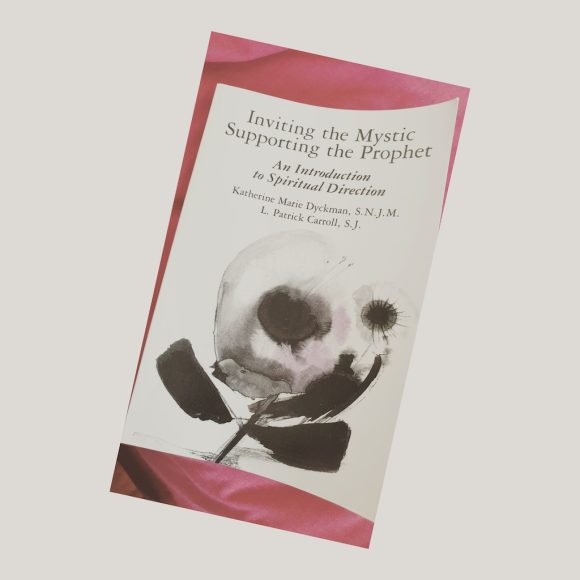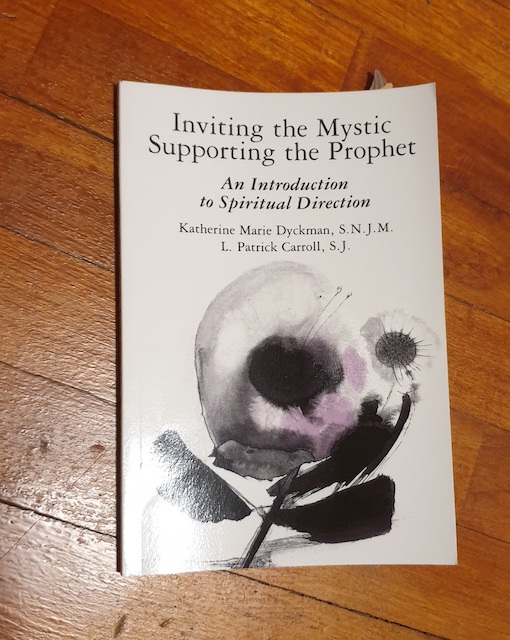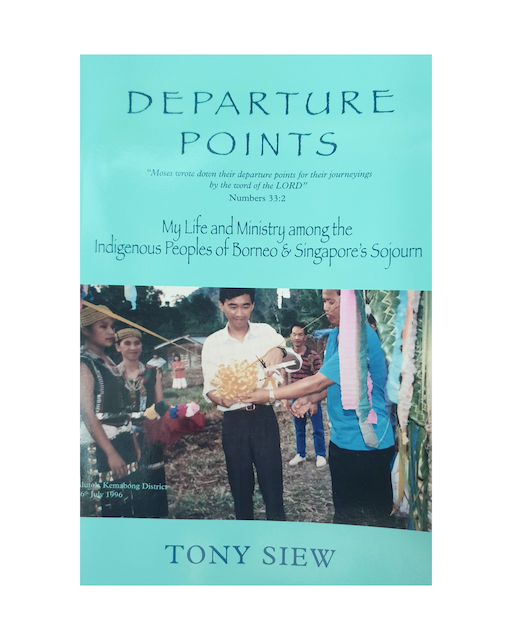Pastor Francis Ng from the Tabernacle of Christ gave me a complimentary book that celebrated the church’s 30th anniversary. I was surprised at the book’s quality when I took it out of the brown envelope. My wife took it and read it. Later, my wife and I could not remember where it was placed until […]
I was told not to miss this Thai movie. It has been a long time since I stepped into the cinema. Not since the pandemic. Should I go? The title was intriguing – “How to Make Millions before Grandma Dies?” Later the Straits Times featured an article about it, so my wife and I headed […]
Joyce Rupp is a retreat leader, conference speaker and author of many bestselling books on Christian spirituality. This book is her reflections about the 36 days of walking 805 km across northern Spain, from Ronscevales to Santiago. It is called the Camino de Santiago de Compostela, one of the three famous Christian pilgrimages. She walked […]
Initially I was intrigued by the title of this book written by Katherine Marie Bykman & Patrick Carroll. It caught my curiosity. As I read the foreword and introduction, I felt drawn to the authors’ thesis as it was something I wholeheartedly agreed with: the tests of authentic prayer are in the fruit of the praying life […]
Initially I was intrigued by the title. It stoked my curiosity. As I read the foreword and introduction, I felt drawn to the authors’ thesis as it was something I wholeheartedly agreed with: the tests of authentic prayer are in the fruit of the praying life or community. I was interested in the relationship between […]
Reading “Departure Points” was a breeze and I completed the book more quickly than most. The reading overtook some other books which I had started reading a few weeks earlier. I typically read about five to ten books at a time, dipping into any of them as my whim or mood fancies. The language is […]
